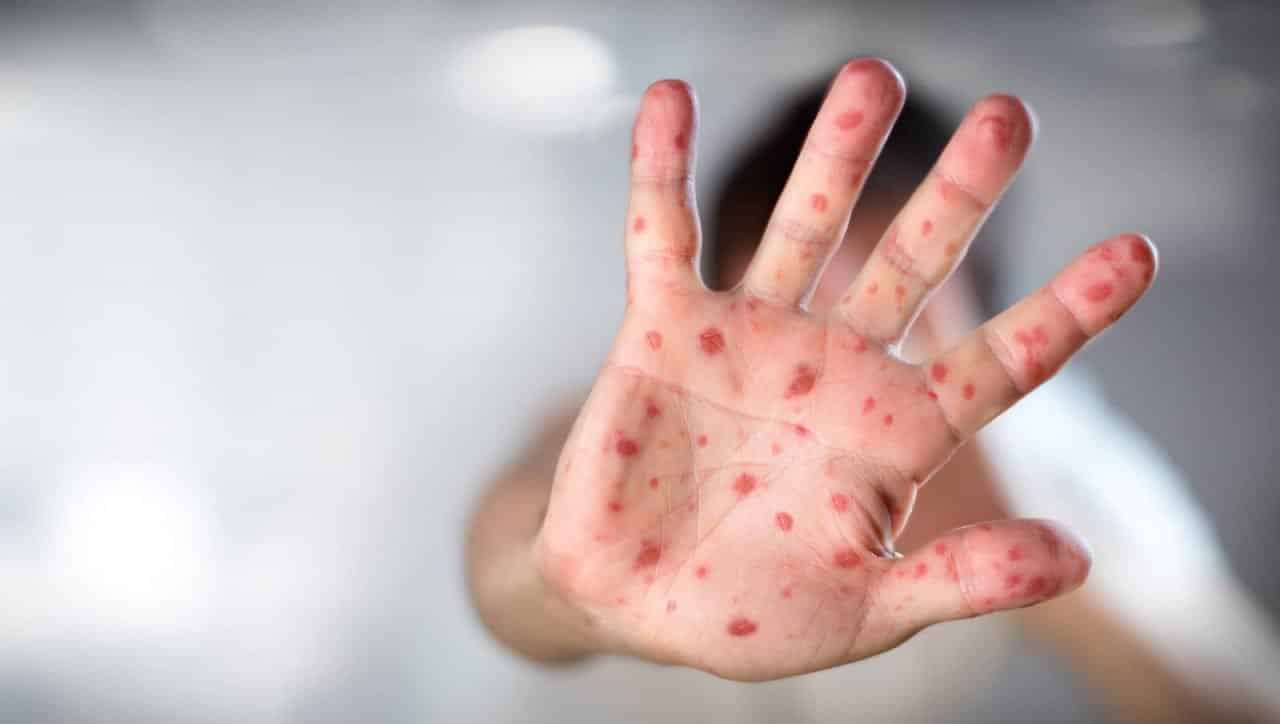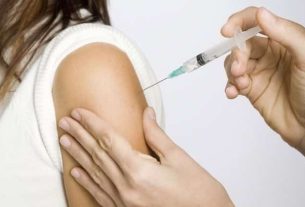According to pediatricians, hand-foot-and-mouth disease is extremely transmissible and generally affects children under 5 years of age.
According to pediatricians, hand-foot-and-mouth disease is extremely transmissible and, as the name suggests, it causes lesions in the hands, feet and mouth.
This is a childhood disease and its greatest peculiarity is that it generally affects children under 5 years of age.
Adults can also contract hand-foot-and-mouth syndrome, although it is more commonly identified in young children and cases in adults are much more uncommon.
However, there is no reason to worry, as there is treatment for this disease and symptoms usually disappear around 10 days after diagnosis.
Causes and transmission of hand-foot-and-mouth disease
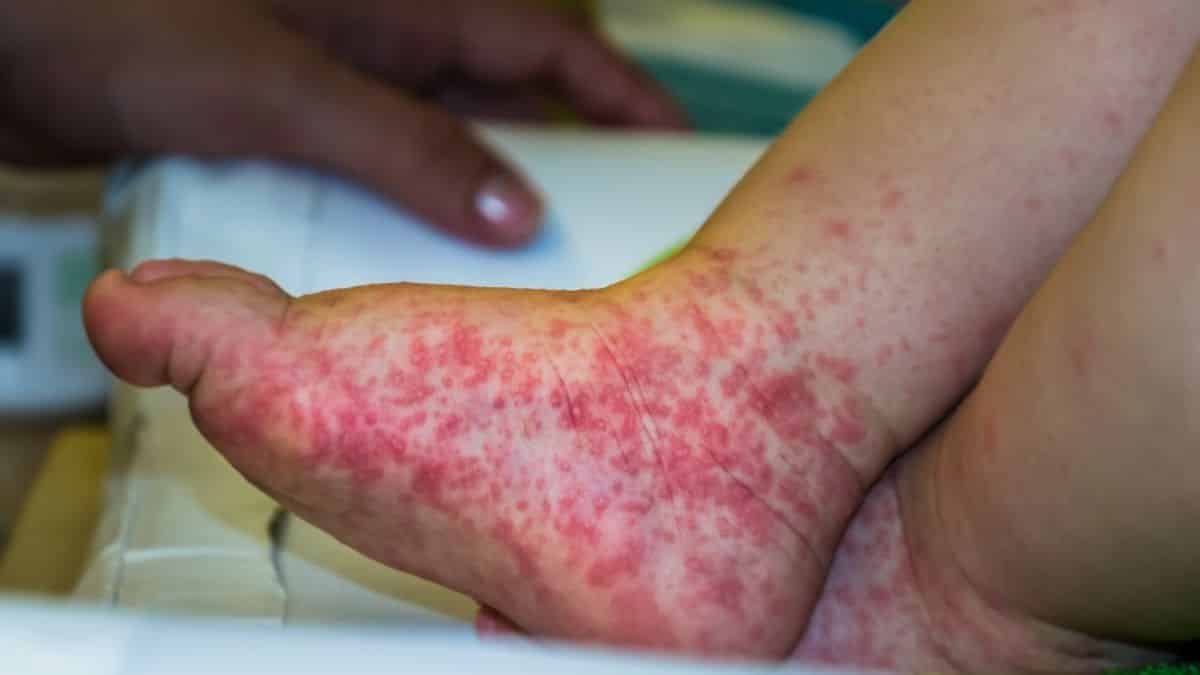
Hand-foot-and-mouth disease is a childhood illness caused by the virus Coxsackie and is highly contagious.
Typically causes injuries on the hand, foot or mouth and is transmitted from person to person. However, its occurrence is predominant in children.
This virus is found in the digestive system and usually causes stomatitis, as well as uncomfortable mouth ulcers.
Transmission occurs through objects that have been contaminated and also through food.
Childhood hand-foot-and-mouth disease is also transmitted through saliva, feces and other secretions.
The incubation period, that is, the period between contamination and the appearance of symptoms, lasts approximately seven days. However, there are cases in which the disease disappears naturally. However, even so, you must take some precautions.
Therefore, when the doctor diagnoses hand-foot-and-mouth disease in a child, all objects must be separated. For example, cups, plates, cutlery and clothing need to be handled carefully to avoid transmission to others.
Therefore, it is also good to remember that even after the child has recovered, the disease remains in the body for around four weeks and can still be transmitted, even if there are no longer any signs of contamination.
During this period it happens especially through feces.
Another important detail is that it is possible to have hand-foot-mouth syndrome more than once. Therefore, care must be frequent.
Main symptoms of hand-foot-and-mouth disease
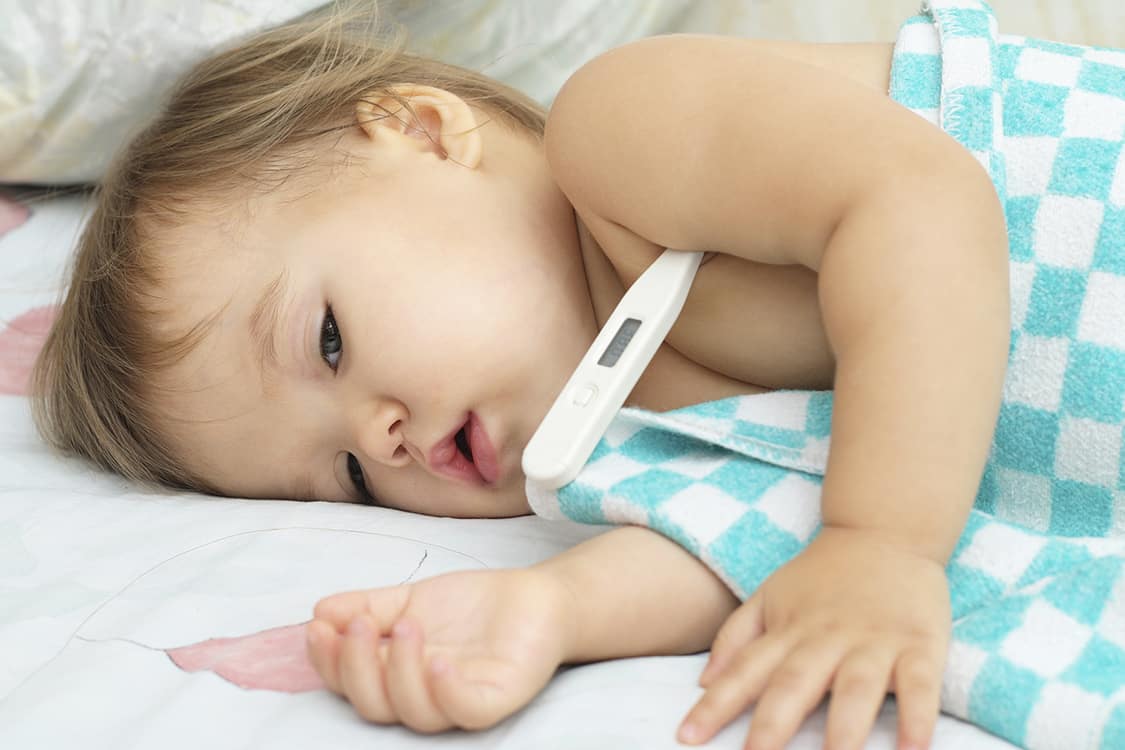
The symptoms of hand-foot-and-mouth disease do not always appear together and also vary from one child to another.
The main ones can range from lesions on the skin, hands, feet and mouth to high fever or malaise.
And remember that only a doctor or dentist can make the exact diagnosis for hand-foot-and-mouth disease and prescribe the appropriate treatment, so, when these symptoms appear, seek specialized help immediately.
Check out some more symptoms of hand-foot-and-mouth disease:
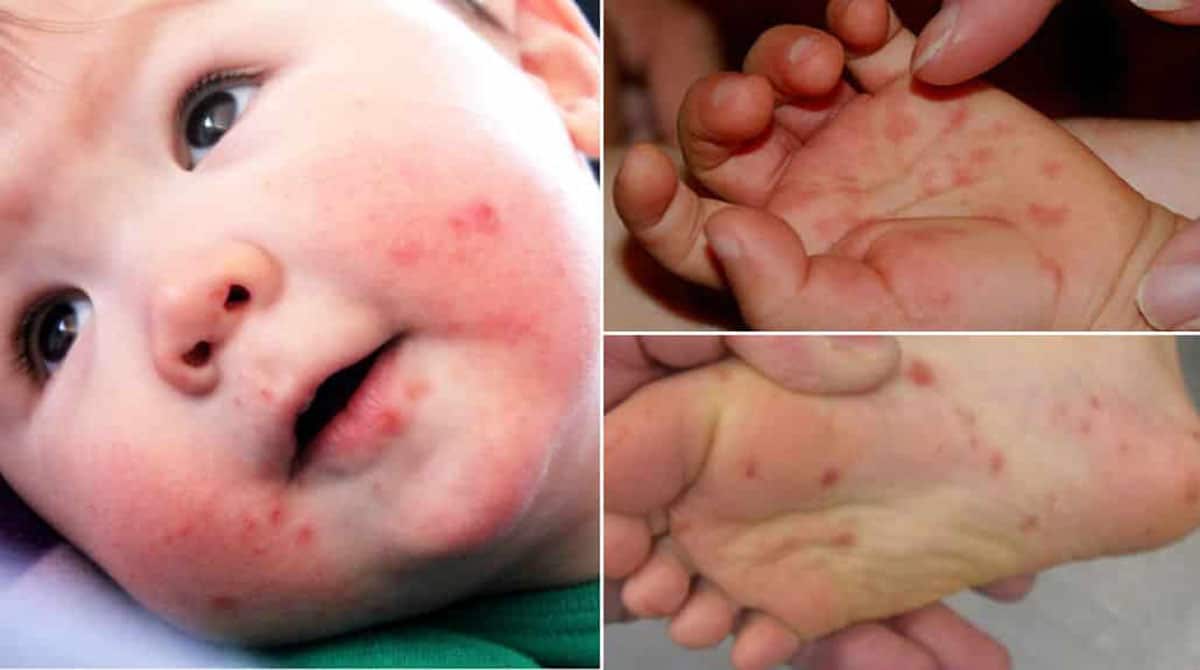
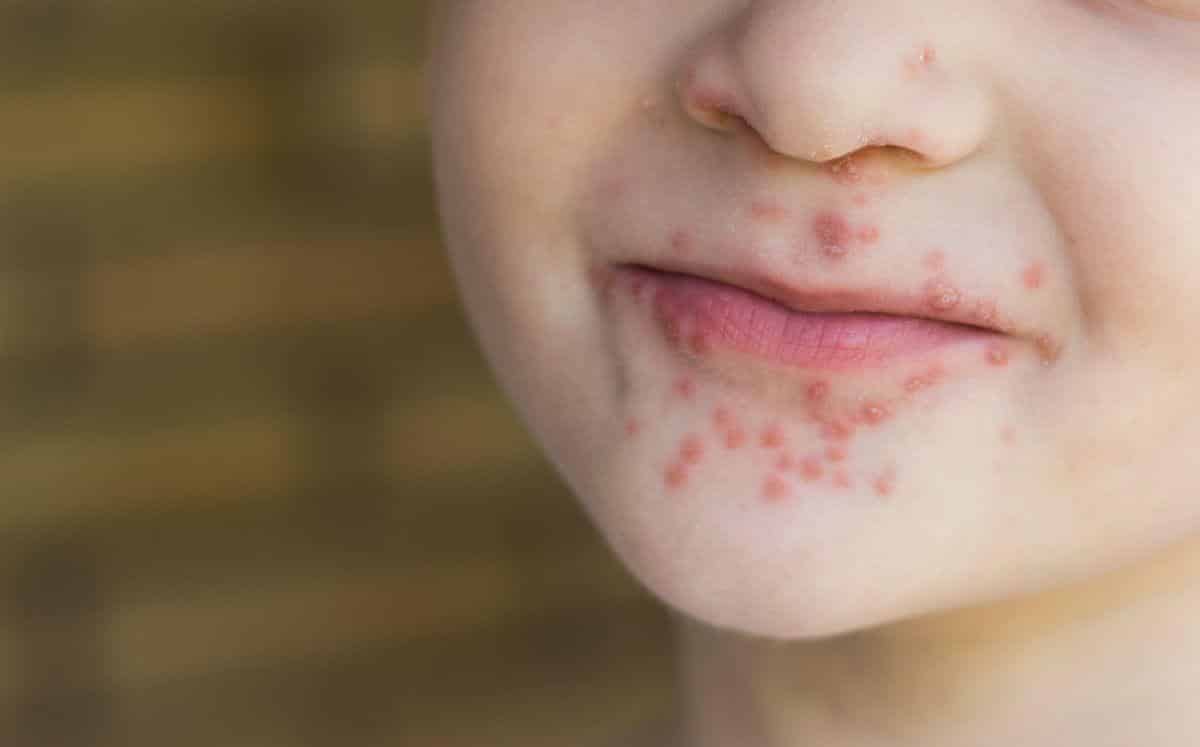

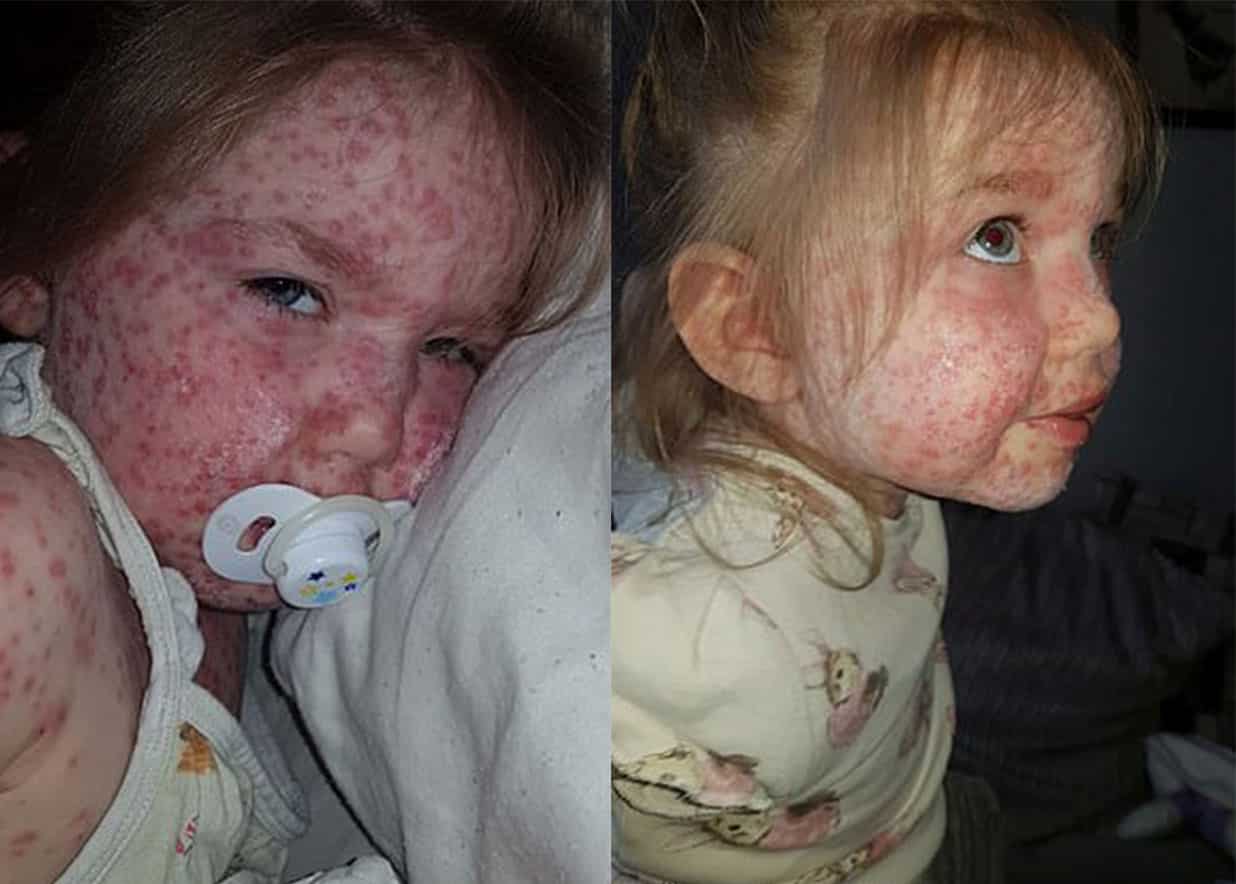
- High fever a few days before the first sign of the disease and during the existence of the disease;
- Appearance of red spots in affected areas;
- Blisters appear on hands and feet;
- Wounds and mouth ulcers;
- Possibility of blisters appearing in the genital region and buttocks;
- Vomiting and diarrhea;
- Discomfort;
- Lack of appetite;
- Difficulty eating due to mouth injuries;
- Excessive salivation;
- Pain when swallowing.
Necessary care
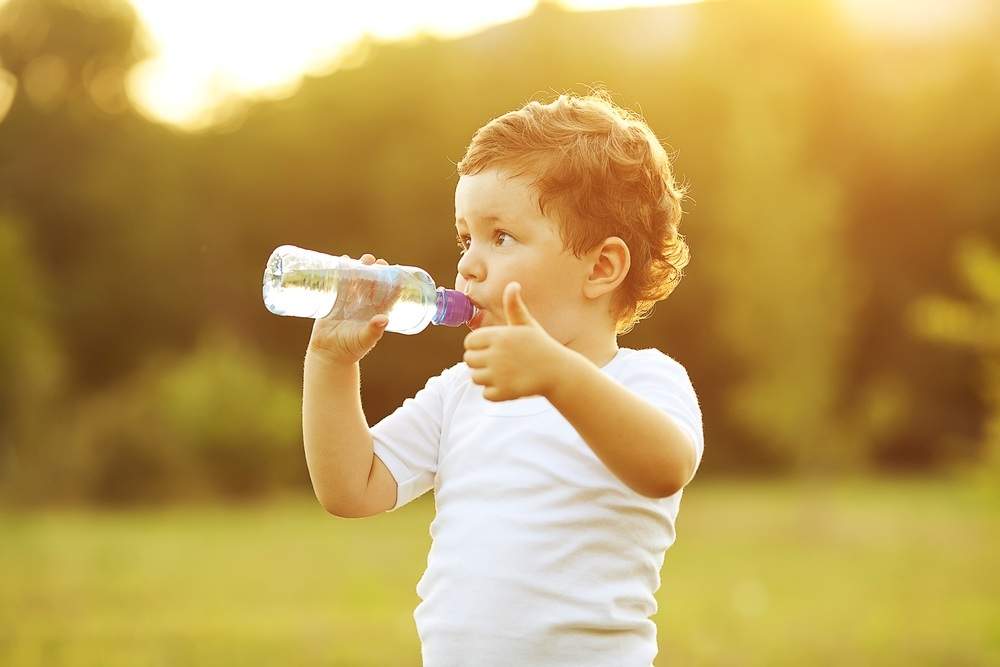
As not all symptoms usually appear together, the doctor will make the diagnosis and recommend the best treatment for the affected area.
In some cases, lesions may appear on the hands, feet and mouth, however, in other people, only a sore throat and fever may appear.
In our daily lives in the face of COVID-19, we are already taking some preventive care that you also need to take in relation to hand-foot-and-mouth disease. So, there is not much new in this aspect.
Wearing a mask, washing your hands and maintaining social distancing are essential to avoid infecting other people.
Check out some precautions we should take to prevent the disease, alleviate and alleviate symptoms during treatment.
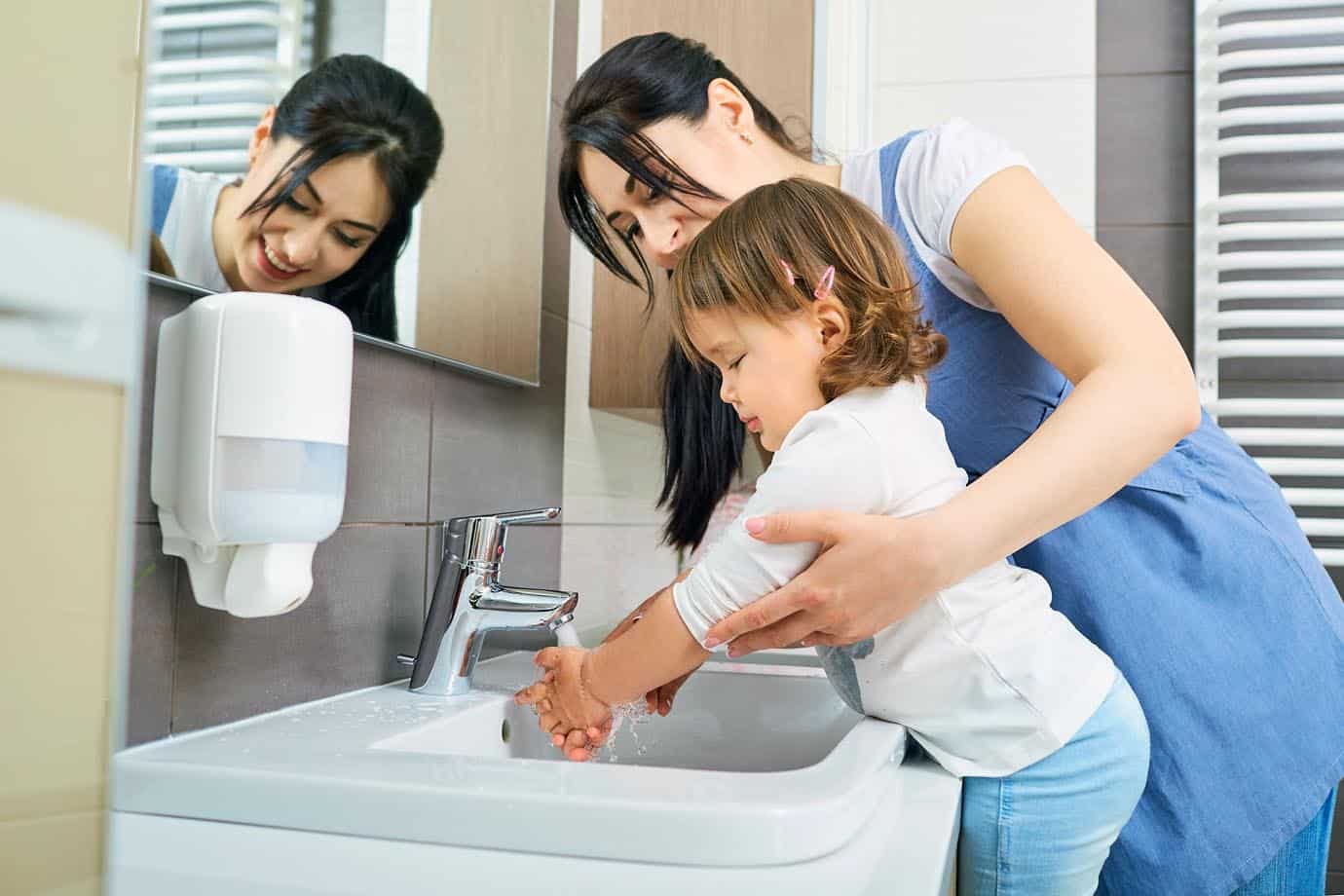
- Eat a soft or liquid diet;
- Drink plenty of fluids, especially ice cream;
- Wash your hands frequently, especially after going to the bathroom;
- Maintain social distancing by avoiding hugs, kisses and touching;
- In case of an infected child, avoid going to classes;
- In the case of an infected adult, stay away from work;
- Cover your mouth and nose when coughing and sneezing;
- Do not share objects;
- Correctly discard objects used by the infected person, such as diapers, bathroom waste, disposable materials, among others;
- Always keep the house well sanitized;
- Always wash objects with bleach.
Treatments for hand-foot-mouth syndrome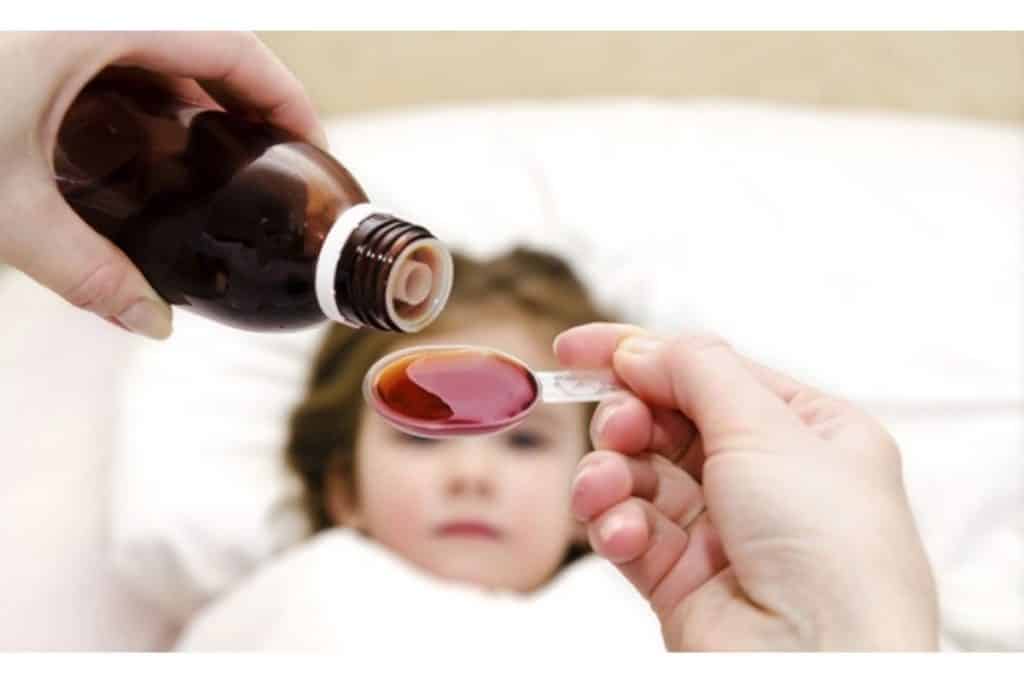
Firstly, some manifestations of hand-foot-and-mouth syndrome can be cured naturally and do not require any treatment.
However, in more serious manifestations, when it is necessary to undergo drug treatment for hand-foot-and-mouth disease, it must be done under medical supervision and, normally, this involves medication to reduce fever, pain medication, anti-inflammatories , ointments to relieve itching and also to treat canker sores.
The doctor normally prescribes this type of medication to reduce the symptoms of the disease, which are mostly very uncomfortable.
This is a syndrome that is easily confused with other childhood illnesses and that is why it is so important to consult a doctor.
Since the disease presents skin lesions as its main symptoms, it can be confused with illnesses such as herpangina and scarlet fever.
Therefore, the safest thing is that, at the first symptoms, you seek medical help and in a few days everything will be fine.
Did you like it? You may also be interested in other childhood illnesses, so check out Symptoms of childhood anemia and its treatments

Sign up for our newsletter and stay up to date with exclusive news
that can transform your routine!
Warning: Undefined array key "title" in /home/storelat/public_html/wp-content/plugins/link-whisper-premium/templates/frontend/related-posts.php on line 12
Warning: Undefined array key "title_tag" in /home/storelat/public_html/wp-content/plugins/link-whisper-premium/templates/frontend/related-posts.php on line 13

